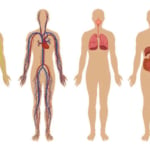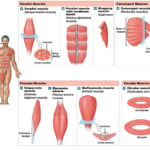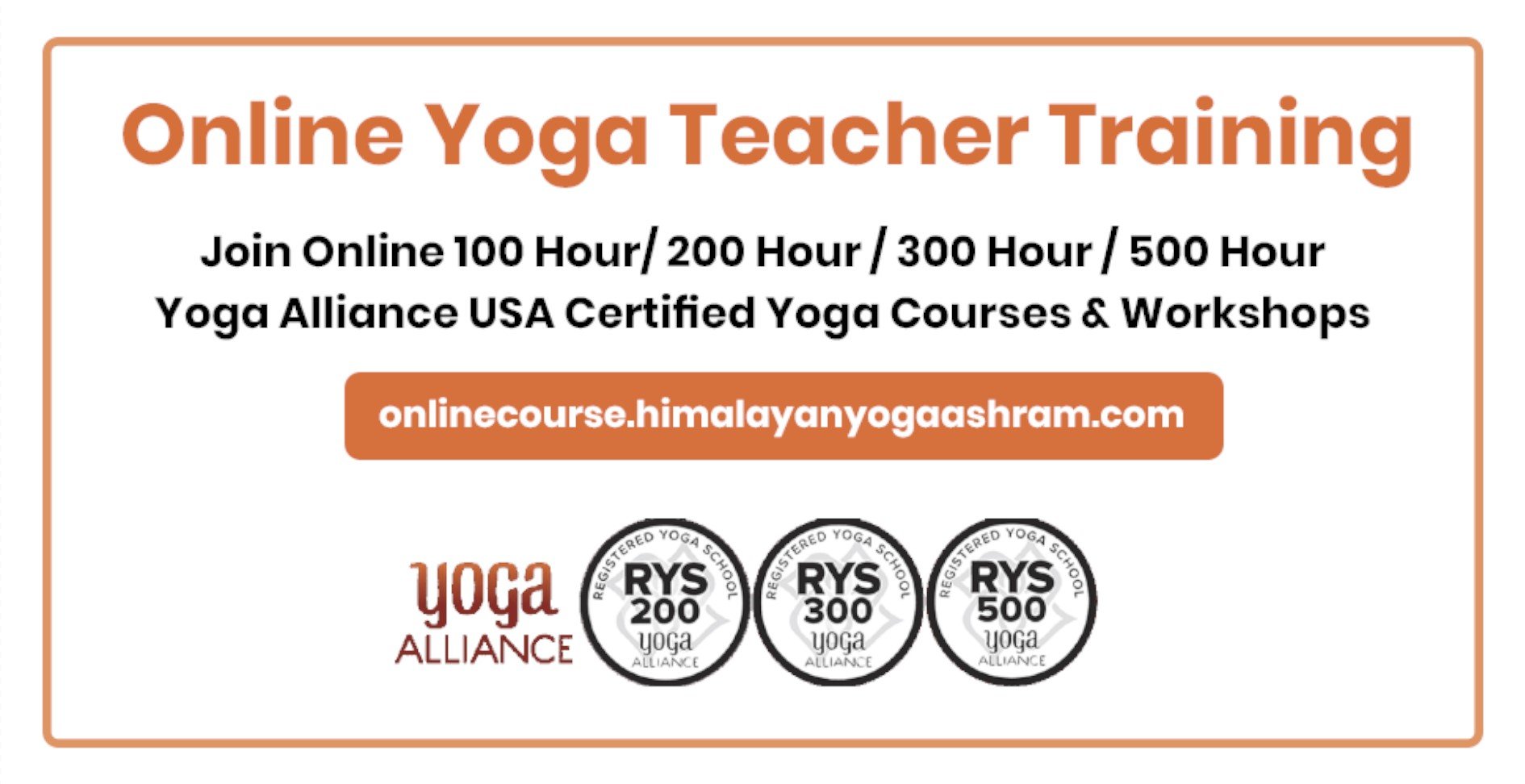Anatomy of Wrist Joints
By Himanshu JoshiYogaAnatomy of Wrist Joints, human bodyNamaste and welcome back to the online yoga teacher training course in the previous session we discussed the anatomy of the ankle joint in today’s video or in this video we are going to discuss the anatomy of the wrist joint but before we go ahead and do that i need you to please come and sit with me as we chant the gayatri mantra before beginning today’s session
so adopt any meditative posture activate chin mudra and lengthen your spine roll your shoulders to the back spare the rest of the three fingers away from each other most importantly close the eyes with which you see the outside world and open the eyes through which you see the inside of your mind and your body slowly inhale and observe the breath traveling inside you and slowly exhale then observe the breath moving outside allow your breath to calm your senses to calm your mind and to calm your body’s functions as you are
now after you’ve gathered all of your awareness and attention after a few breaths slowly bring your hands in front of your chest namaskar city join the heart center with the back of your thumbs and let’s chant the gayatri mantra together slowly take a deep inhalation now with me
having absorbed the vibration and the effect of the mantra on your mind in your body let’s gently start rubbing up arms cover your eyes with your palms now transfer this energy to your facial muscles to the back of the neck and anywhere else you wish to transfer this energy to once again before opening your eyes fold your palms bow down to your fingertips and with a few blinks open your eyes and welcome back
now the wrist joint is a very interesting joint because it makes our life much easier it makes our life very interesting in many ways the hand is the instrument through which we are able to sense touch and grab things without hands our lives will be completely different and it is the wrist joint which facilitates the movements and the possibilities that the hand is capable of the wrist is located at the end of the forearm and at the beginning of the hand itself the wrist joint
which is capable of abduction adduction flexion extension and the combination of all of these movements known as circumduction in the form of an ellipsoid synovial joint now the difference if you remember the previous video about the synovial joints you’ll realize that the ellipsoid joint can do everything that a ball and socket joint can do except for rotations and that is why it is the second best joint inside
the human body the second best synovial joint inside the human body so any rotation which means the the supination and the pronation of the hand is happening at the elbow end of the arm which is also pivot joint the wrist joint is fixed as it is and that is why it does not offer any rotation but the various carpools present right above the radius and the anna moon they allow for various movements
which i just discussed with you when we discuss the radio cartoon join then you can easily make out from the name itself radiocarpal which means which comes from the name radius and carpals coming together to form the joint the ulna bone does not play any role in fact it is restricted in the movement of the wrist joint in fact it is restricted in participating in the wrist joint because of a fibrocartilage cartilaginous disc
present right above the distal end of the ah allah boom called as the articular disc this articular disc along with the shape of the radius bone forms a con concave structure of the entire hand and that with the convex structure of the placement of the various lower carpools on the hand they form in perfectly together and allow us to move as freely as we do there are three there actually there are four carpels
but when it comes to the entire wrist joint only three particular carpels of the hand are coming together to form the joint with the radial with the radius bone one of them is the scaphoid which is placed at the side of the on the thumb or we can say on the lateral end of the thumb right next to it is the lunate carpal right next to the scaphoid is the lunate carpool and after that there is the tricletrol carpet
which is placed on the lateral end of the hand so scaphoid on the medial end under the thumb um lunate right next to it in between and tricheta right next to the lunate boom on the lateral end of the hand these three bones these three carpets along with the radius form the wrist joint how does the hand get its stability is with the help of the various ligaments that form the synovial capsule around the hand in principle there are four different ligaments which stabilize the joint the wrist joint
as it is there is a radiocarpal ligament which is present and starting from the radials bone and it is covering all the carpools of the hand including the trapezium the trapezoid the capitated and the hamate wound of the carpals and it is if you’re looking at the hand in a supinate position that means you’re facing the palm and you’re able to see the face in that case it becomes the palmar radiocarpal ligament on the back side if you’re looking at the dorsal or the posterior end of the hand which means the rear end of the hand the same ligament becomes a dorsal radiocarpal ligament
there are two other ligaments which help in stabilizing the joint from the sides as well these collateral ligaments are called as radial collateral ligament and the other one is called as collateral ligament if you’re aware of the nails of these poles then you can make out that the ulnar carpal ligament is connecting the carpals of the side basically the pisiform and the trichetal bone with the ulnar bone while the radial carbon uh the radial collateral ligament is joining
these ligaments the trapezium the scaphoid with the radial move four different ligaments one on each directions of the wrist of the hand all with the purpose of forming a synovial capsule all with the purpose of forming the rest as it is as functional as it is as interesting as it is as capable as it is there is a formation of fascia between the metacarpals of the hand starting from the thumb metacarpal and ending of towards the hamate bone of the hand
this fascia is covering the entire palm surface of the hand and there is a very thin hollow space between the polymer radiocarpal ligament and the fascia that space is called as the carpal tunnel which allows for the transportation of various nerves which and tendons inside the hand which is responsible for the instructions and the sensations from the mind to the fingers of the hand and the palm
as well this is everything you need to know about the anatomy and the structure of the hand if we talk about what can you do in yoga to keep your wrist and your hands healthy then there are certain movements that you can do there are certain exercises activities that you can do another example of sushma video is applied in case of the wrist joint which is all about circumductions in either directions clockwise and anti-clockwise do this about five to ten times also
something else that you can do to keep your wrist healthy is just hold the elbows straight elbows not bending at any point palms and then one hand you use to flex the hand in this direction the other the same hand you do to extend the hand in the other direction the same thing you do in both sides repeat this about five to ten times to maintain healthy ligaments and a healthy radiocarbon joint i hope you found today’s video very informative i’ll see you again next time with another session another information on another type of skeletal joint until then thank you and namaste
Top Related Post





